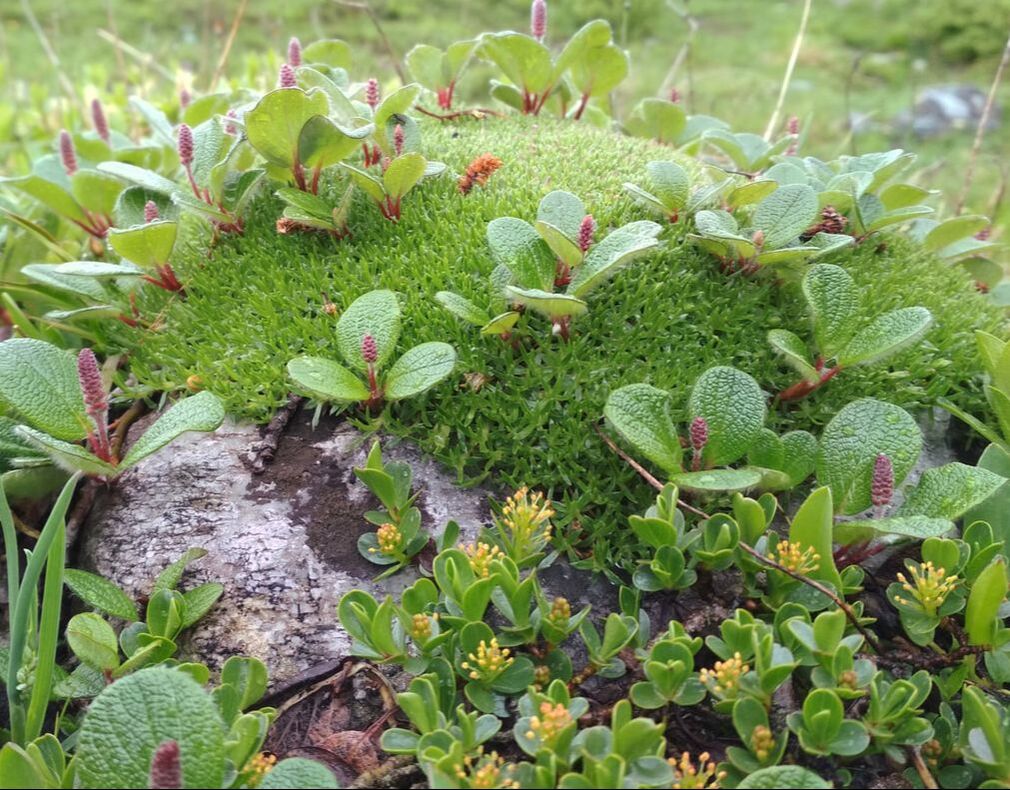In our current publication in Ecology Letters, we show how different selection pressures support the evolution of different aspects of plant chemical diversity. Our team studied willow species growing at different elevations and applied novel metabolomics tools to explore the diversity of metabolites they produce. Our results show that plants at different elevations opt for different chemical strategies that allow them to cope best with the type of stress they experience. At high elevations, all willow species are chemically similar and produce structurally related antioxidants that help them withstand the detrimental abiotic conditions, such as high UV irradiation. In contrast, lowland willow species tend to evolve more variable chemical profiles. Many insect herbivores that occur at low elevations are adapted to willow defences and prefer to feed on hosts that are chemically similar. Being chemically more variable thus probably helps lowland willows avoid sharing their natural enemies. Overall, these trends contribute to various aspects of chemical diversity and jointly give rise to the astonishing richness of metabolites we observe in the plant kingdom.
https://onlinelibrary.wiley.com/doi/full/10.1111/ele.14273
0 Comments
Leave a Reply. |
New PublicationsMarinček P., Léveillé-Bourret É. , Heiduk F., Leong J.V , Bailleul S.M., Volf M., . Wagner N.D. (2024) Challenge accepted: Evolutionary lineages versus taxonomic classification of North American shrub willows (Salix). the American Journal of Botany, https://doi.org/10.1002/ajb2.16361
Archives
June 2024
|
Proudly powered by Weebly


 RSS Feed
RSS Feed